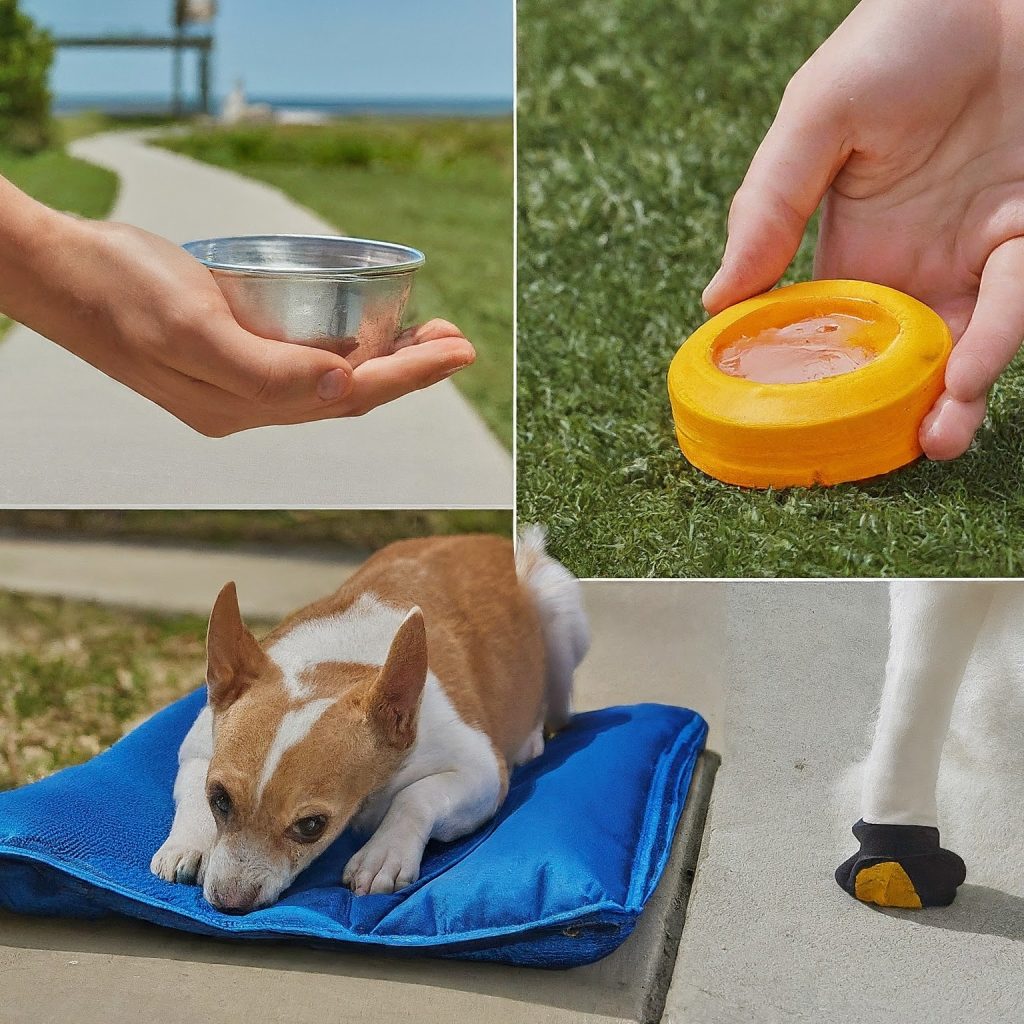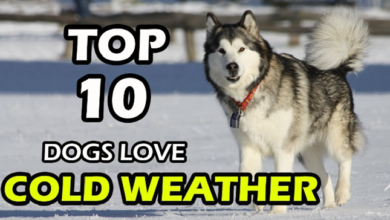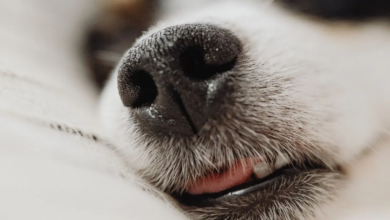Tips to keep pets safe in the heat

Summer’s warmth brings sunshine, barbecues, and plenty of outdoor fun. But for our beloved pets, the scorching temperatures can pose a serious threat. As responsible pet owners, it’s crucial to take proactive measures to ensure their safety and well-being during hot weather. This comprehensive guide explores essential tips to keep your furry (or feathery) companions cool and comfortable throughout the season.
Hydration is Key: The Lifeblood of Heatstroke Prevention
Just like us, pets lose fluids through panting and sweating. Dehydration is a major risk factor for heatstroke, a life-threatening condition. Here’s how to ensure your pet stays adequately hydrated:
- Fresh, Cool Water Always Available: This is non-negotiable. Provide multiple water bowls throughout your house and yard, filled with fresh, cool water. Replenish them frequently, especially after playtime or walks. Consider adding ice cubes to their water bowls for an extra refreshing boost.
- Portable Water on the Go: Never leave home without a portable water bowl and a water bottle for walks or outings.
- Flavor Boost (Optional): Some pets might be hesitant to drink plain water. A splash of low-sodium chicken broth or unsweetened fruit juice (diluted heavily) can entice them.

Finding Refuge from the Relentless Sun: Shade is Your Pet’s Sanctuary
Direct sunlight can quickly elevate your pet’s body temperature. Here’s how to create cool havens for them:
- Strategic Shade Placement: During peak sun hours (typically 10 am to 5 pm), ensure your pet has access to ample shade. Utilize large trees, shade sails, or pop-up tents in their outdoor space.
- Indoor Air Conditioning: When it’s scorching outside, bring your pet indoors to a cool, air-conditioned environment. Create a designated cool zone with a comfy bed, fan, and plenty of water.
Pavement Panthers Beware: Protecting Paws from Hot Surfaces
Asphalt and concrete surfaces can become scorching under the summer sun. To prevent paw burns:
- The Touch Test: Before letting your pet walk on pavement, touch it with your bare hand. If it’s uncomfortably hot for you, it’s definitely too hot for their delicate paws. Stick to walks on grass or cooler surfaces during the hottest parts of the day.
- Paw Protection Products: Consider using specially designed pet booties for walks on hot surfaces.
Exercise Regimen Revamp: Adjusting Activities for the Heat
Exercise is vital for your pet’s physical and mental well-being, but during hot weather, adjustments are necessary. Here’s how to adapt your routine:
- Schedule Walks Strategically: Avoid walks during peak sun hours. Opt for early morning or evening walks when the temperatures are cooler.
- Shorter, More Frequent Sessions: Break down your pet’s exercise routine into shorter, cooler walks or playtime sessions throughout the day.
- Indoor Activities: Explore alternative activities like indoor playtime, puzzle toys, or training sessions to keep your pet mentally stimulated.
Never Leave Your Pet in a Parked Car: A Recipe for Disaster
Leaving your pet in a parked car, even for a “quick errand,” is incredibly dangerous. Here’s why:
- Rapid Temperature Increase: Cars act like greenhouses, trapping heat and causing temperatures to rise rapidly, even with the windows cracked open.
- Heatstroke Risk: Within minutes, a car’s interior can become dangerously hot, putting your pet at risk of heatstroke, organ damage, or even death.
- Leave Them Home if Necessary: If you can’t take your pet with you on an errand, leave them at home in a cool, air-conditioned environment with plenty of water.
Tailored Care for Special Needs Pets
Certain pets require extra care during hot weather:
- Brachycephalic Breeds (Short-Nosed): Dogs and cats with short snouts, like pugs, bulldogs, or Persian cats, have difficulty panting, making them more susceptible to overheating. Limit their exercise, provide ample cooling options, and consult your veterinarian for specific advice.
- Overweight Pets: Excess weight hinders a pet’s ability to regulate body temperature. Maintain a healthy weight for your pet to minimize heatstroke risk.
- Senior Pets: Older pets generally have a lower tolerance for heat. Provide them with extra cooling options, monitor their behavior closely, and limit strenuous activities.
Cooling Down Your Pet: Strategies for Beating the Heat
Beyond the essential tips mentioned above, here are some additional ways to cool down your pet:
- Cooling Mats: Invest in a pressure-activated cooling mat for your
Vous avez interrompu cette réponse.









